Doin' the Charleston
In June, my parents and I ate our way through Charleston, South Carolina. It was the first time that any of us visited the “Holy City,” named for its numerous historic churches, and we planned our sightseeing around Charleston’s culinary offerings. There was cold lobster cradled in warm buttery buns, a tower of stone crab claws and raw oysters topped with caviar, hot buttermilk biscuits, and many scoops of ice cream. (We may have gained a few pounds.)
We stayed in an Airbnb in the the Cannon-Elliotborough neighborhood, a cute white house with a red tin roof just two blocks away from the bustling main thoroughfare, King Street. We rode bicycles around the streets, admiring the historic homes with front-facing piazzas, gaslit lanterns, and brightly colored doors.
On our first evening, we had dinner inside a beautiful old bank building at The Ordinary, where we ate the aforementioned stone crab claws and crab toast and barbecue shrimp. We walked off our dinner at the Charleston Waterfront Park and paid a visit to the Pineapple Fountain. We sipped cocktails atop the Vendue Hotel at a rooftop bar overlooking the harbor as the sun set.
The sweltering heat didn’t stop us from walking more than 7 miles the next day. We popped into the many specialty shops, boutiques, and galleries in downtown Charleston for a reprieve from the rising temperature. We met with my friend Maura from Critic Camp and her family to catch up over frosé at Bakehouse! We strode along the famous Rainbow Row, the longest cluster of Georgian-style row houses in the United States. The houses are painted in cheery pastel hues, I liked the eggshell blue best. We ogled at the mansions at the tip of the peninsula, and sat in the shade of the live oak trees in White Point Garden. We ended the night at Fleet Landing, a seafood restaurant on the waterfront, where kids played corn hole out front and sailboats glided past in the background.
The next morning we got a special backstage tour of the Dock Street Theatre, the first building to created solely for the purpose of theatrical entertainment in America. Built in 1736, and later destroyed in a devastating fire in 1740, the building housed the Planter’s Hotel before being converted back into a theatre in 1809. It is now home to the Charleston Stage and presents theatre and opera performances during the annual Spoleto Festival. For lunch we went to Husk Restaurant, a hotspot from popular Charleston chef Sean Brock, for some Southern fare. We then boarded a boat to visit Fort Sumter National Monument in Charleston Harbor. It was amazing to see the big bellies of the cannons, and to squint across the harbor and imagine how the cannon balls were shot more than a mile away to the faint outline of Charleston, marking the start of the Civil War.
For dinner we went to FIG (Food Is Good), which was my favorite meal of the trip. I’m still thinking about the gnocchi that we ordered, per the server’s recommendation, because she said the pasta felt like little pillows on your tongue. She was right. And I’m still thinking about the yellow cake topped with pecan ice cream and fresh peaches that I devoured for dessert.
On our fourth day, we woke up early for hotcakes and grits and bacon at Hominy Grill. Then we drove 15 miles to Middleton Place. The rice plantation sits on the Ashley River and was built by planter John Williams in the 1730s. The entrance was lined with live oaks draped in Spanish moss. It was harrowing to see the list of names of the slaves who once toiled the land, which was printed and hung in Eliza’s House—a small slave cabin where Eliza Leach lived until she died in 1986. We walked through the stable yards and fields where sheep huddled and Clydesdale horses puttered in the hot, hot heat. We toured the Middleton House, or at least the house where the original homestead once stood. It was burned during the Civil War. The house museum was filled with artifacts from European Grand Tours, family portraits, and collections of shiny silver. The dining room held a table where Lafayette once dined. I started to sing “Guns and Ships” from Hamilton, the 90-something tour guide didn’t seem amused. We wandered through the maze of gardens, with circles of camellia and hydrangea flowers and perfectly manicured bushes. The gardens stretch more than 65 acres! My mom squealed at the site of alligators, perched as still as statues near the ponds. My dad was delighted for the photo opportunity. There were also white egrets and a family of swans wading in the waters.


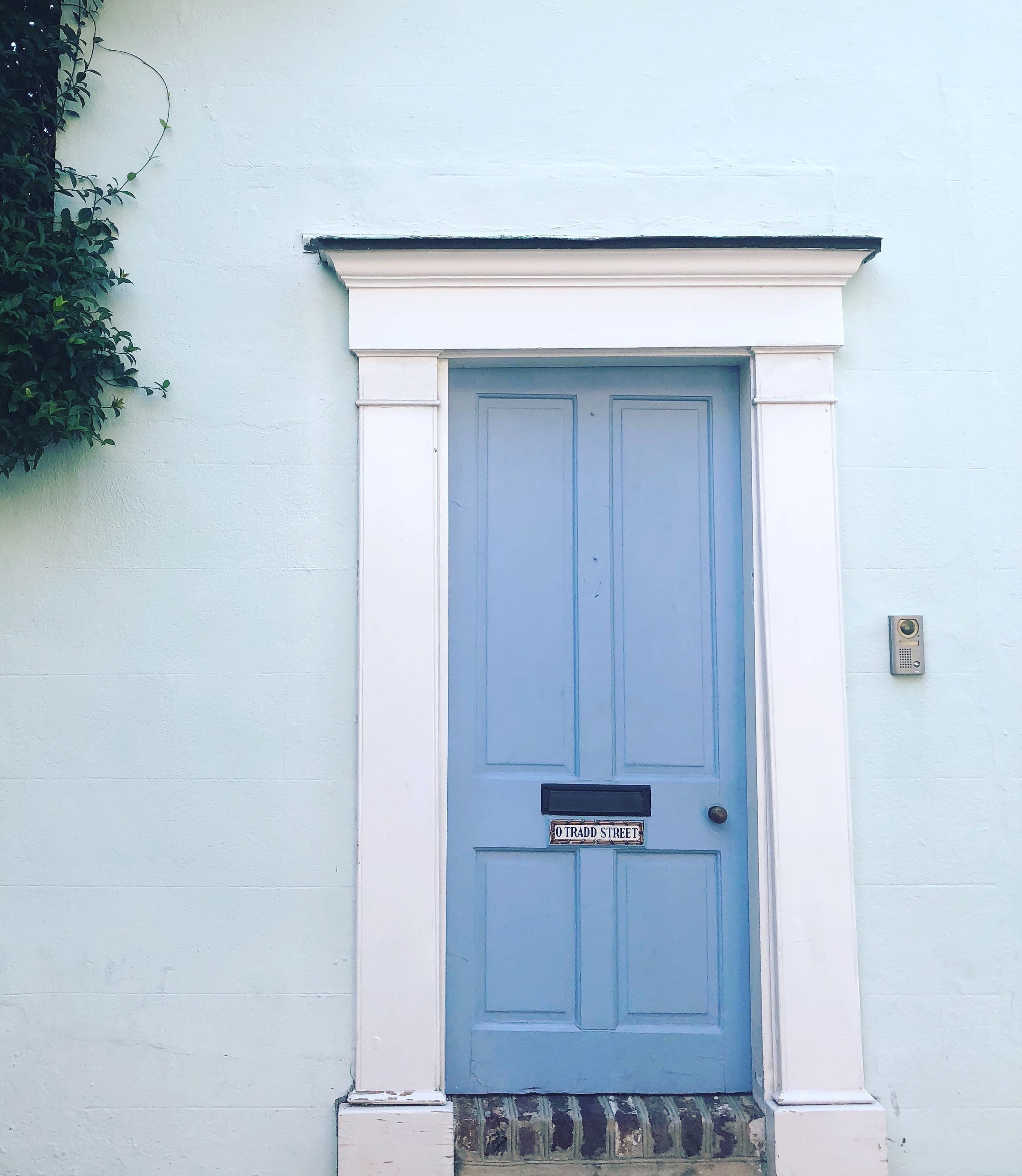
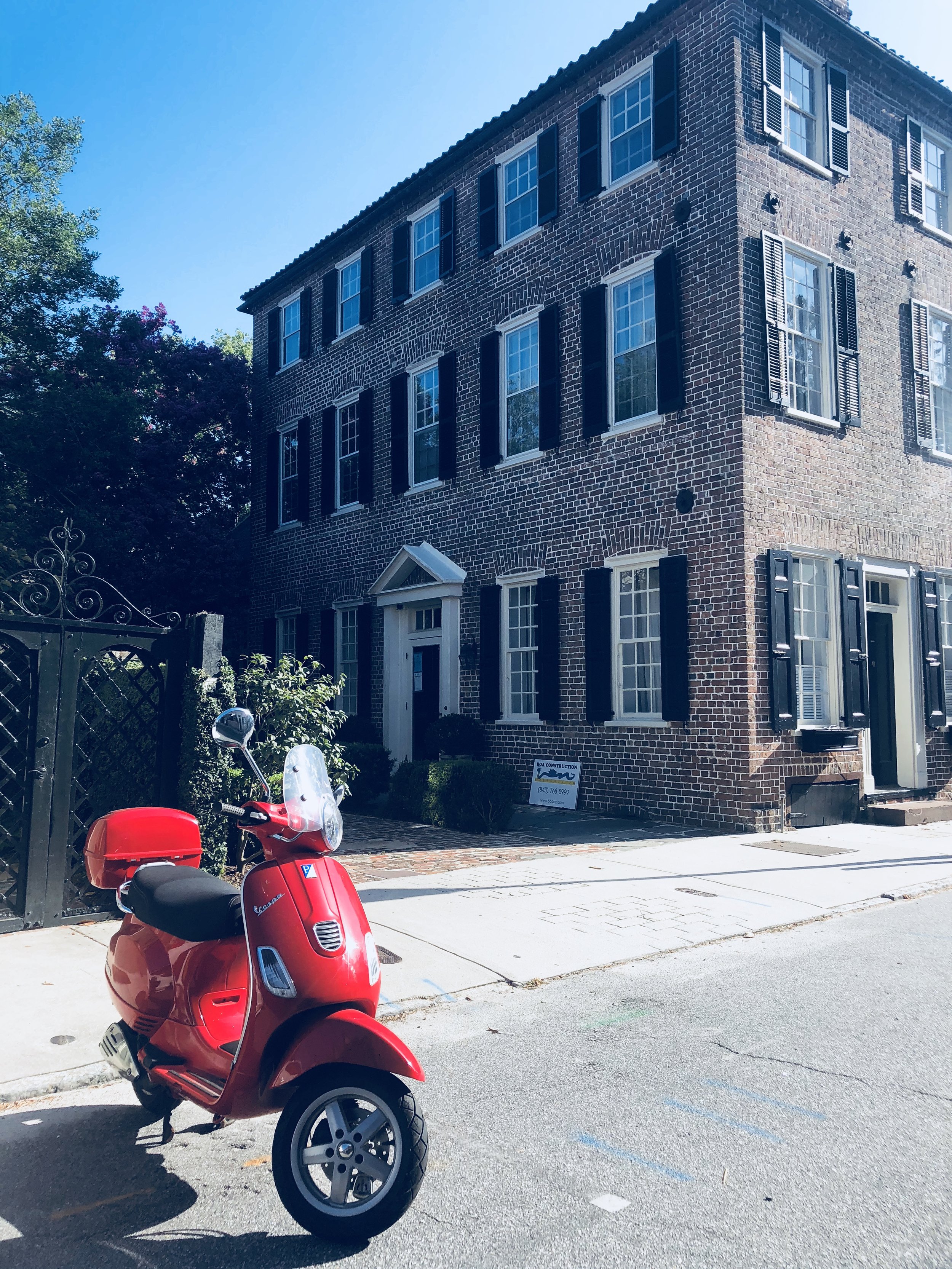
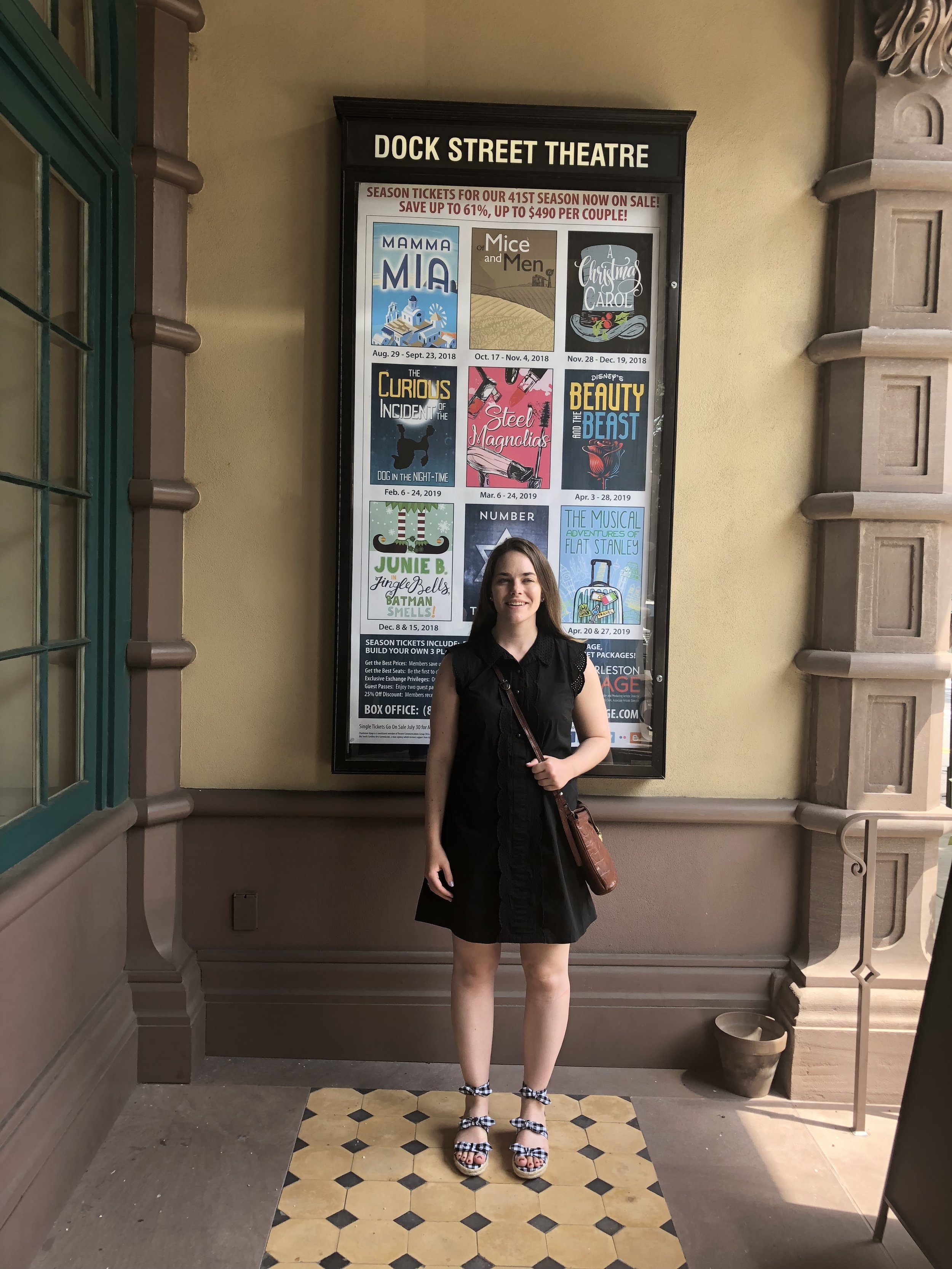


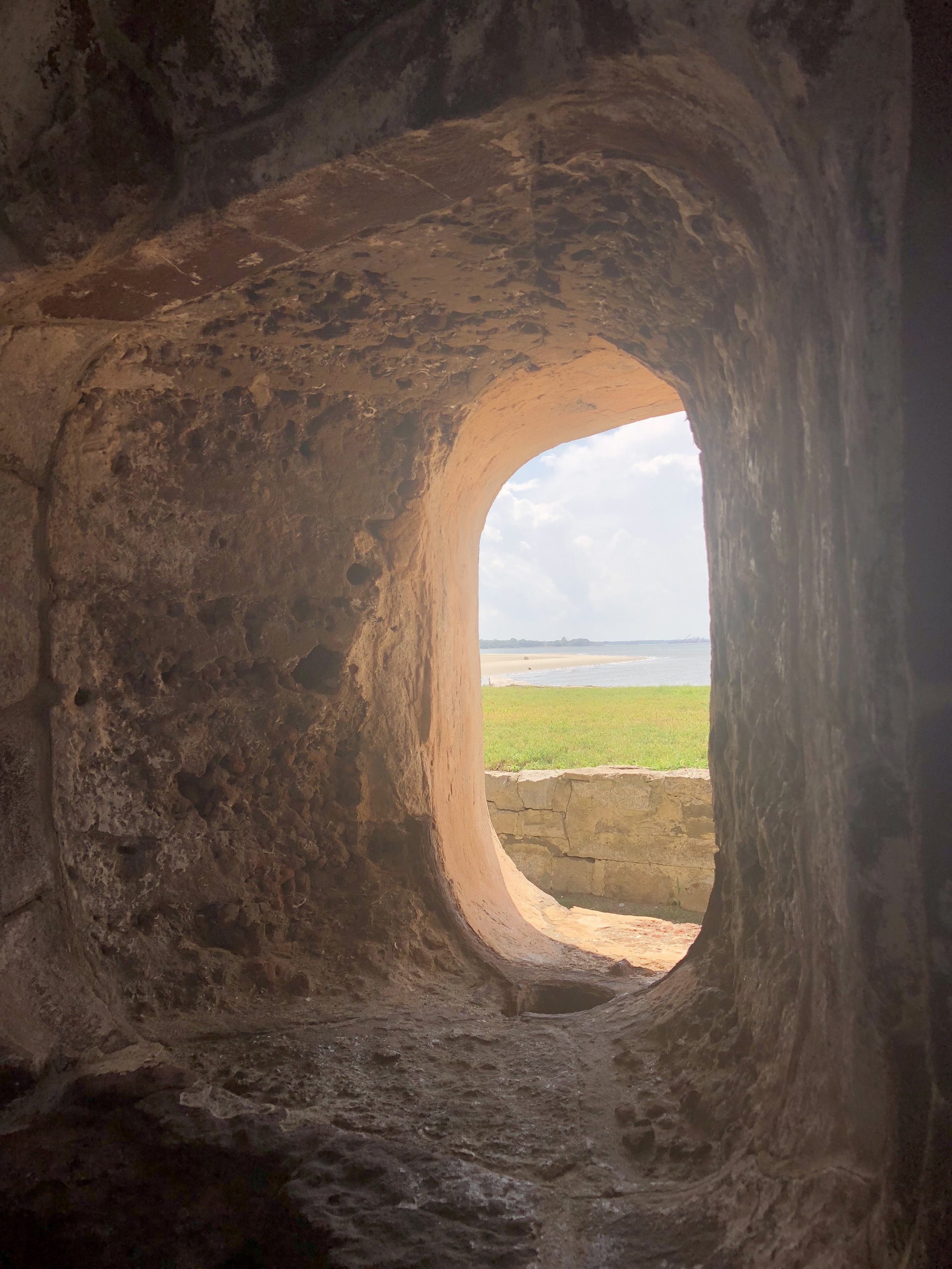

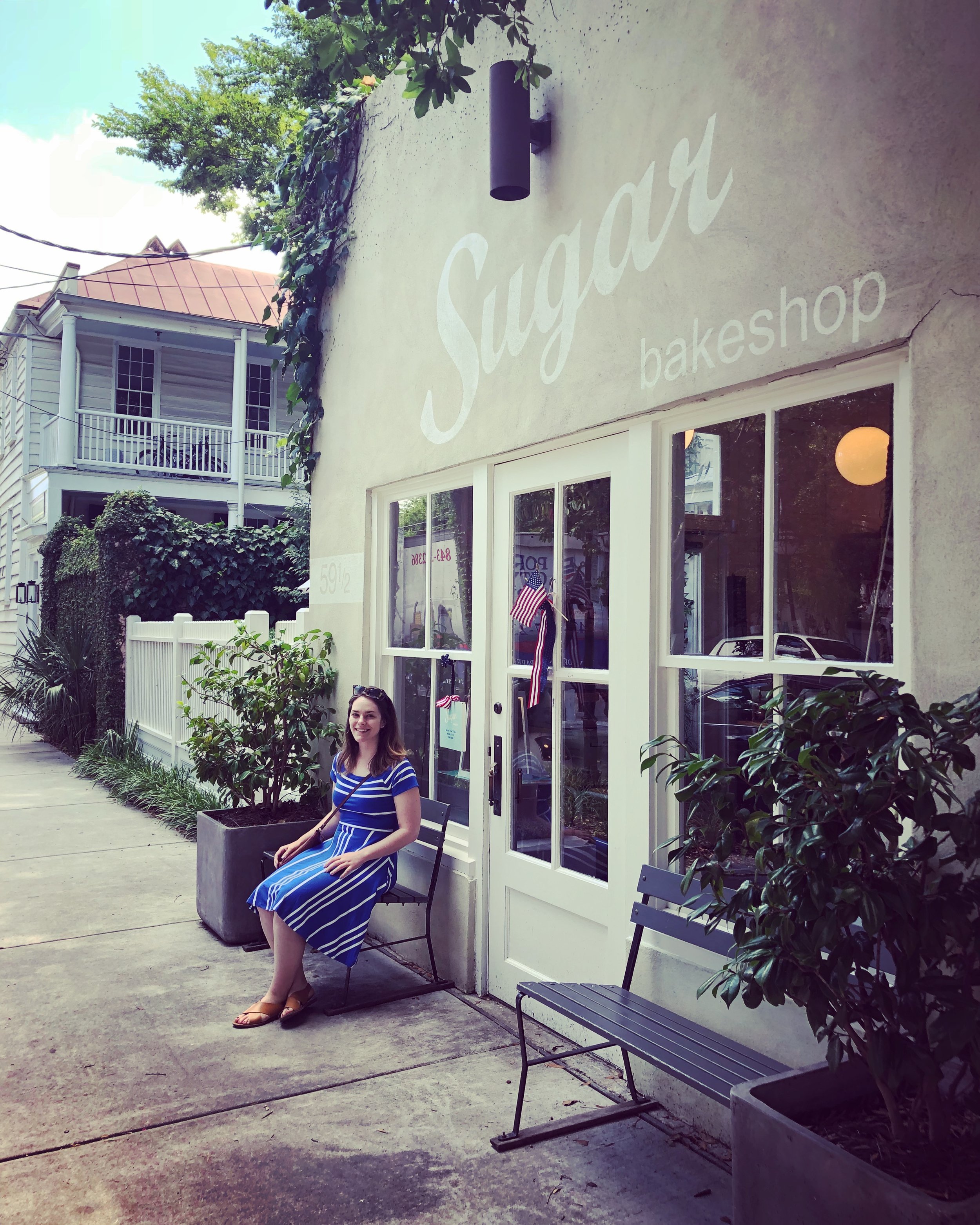
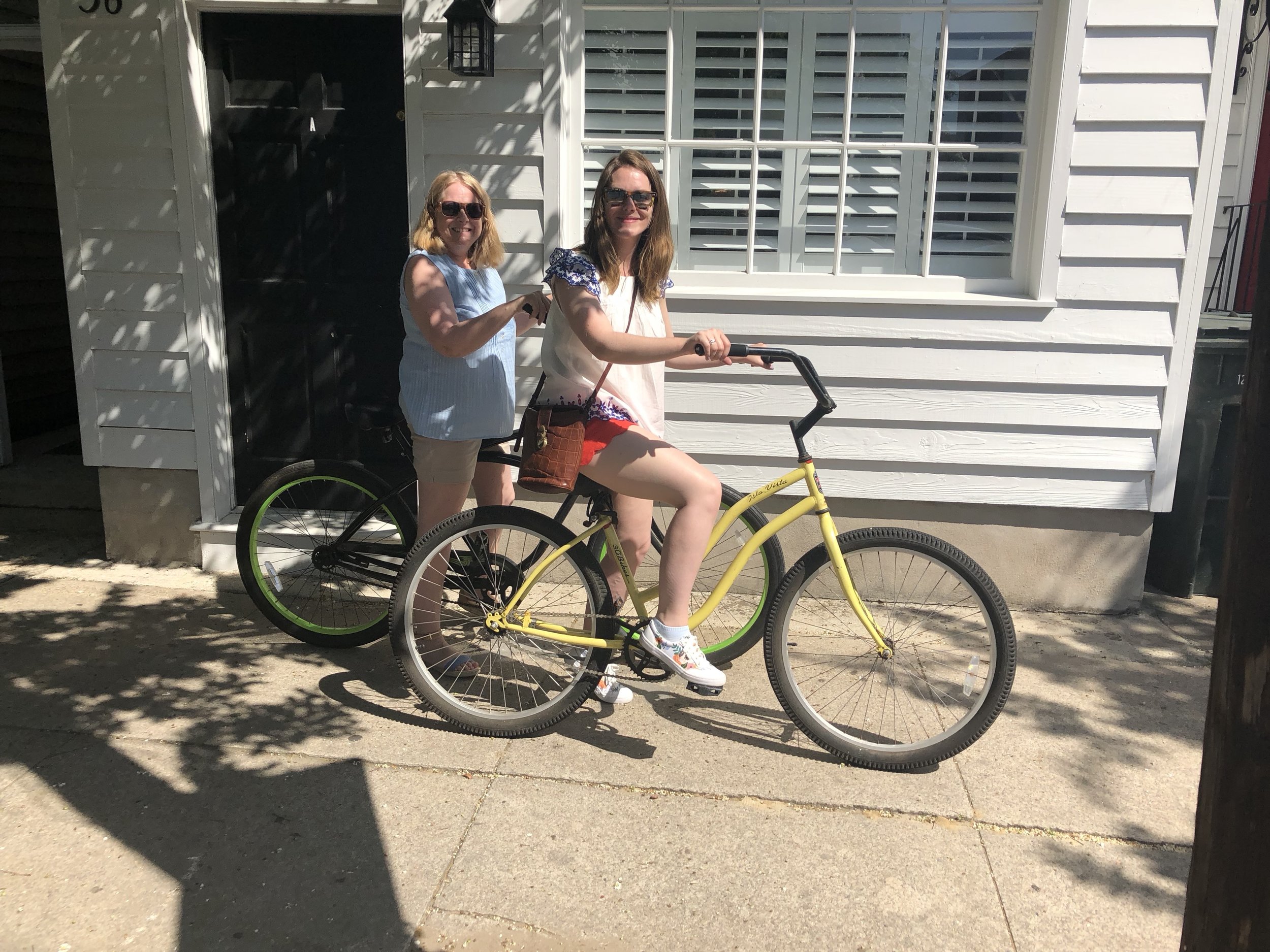

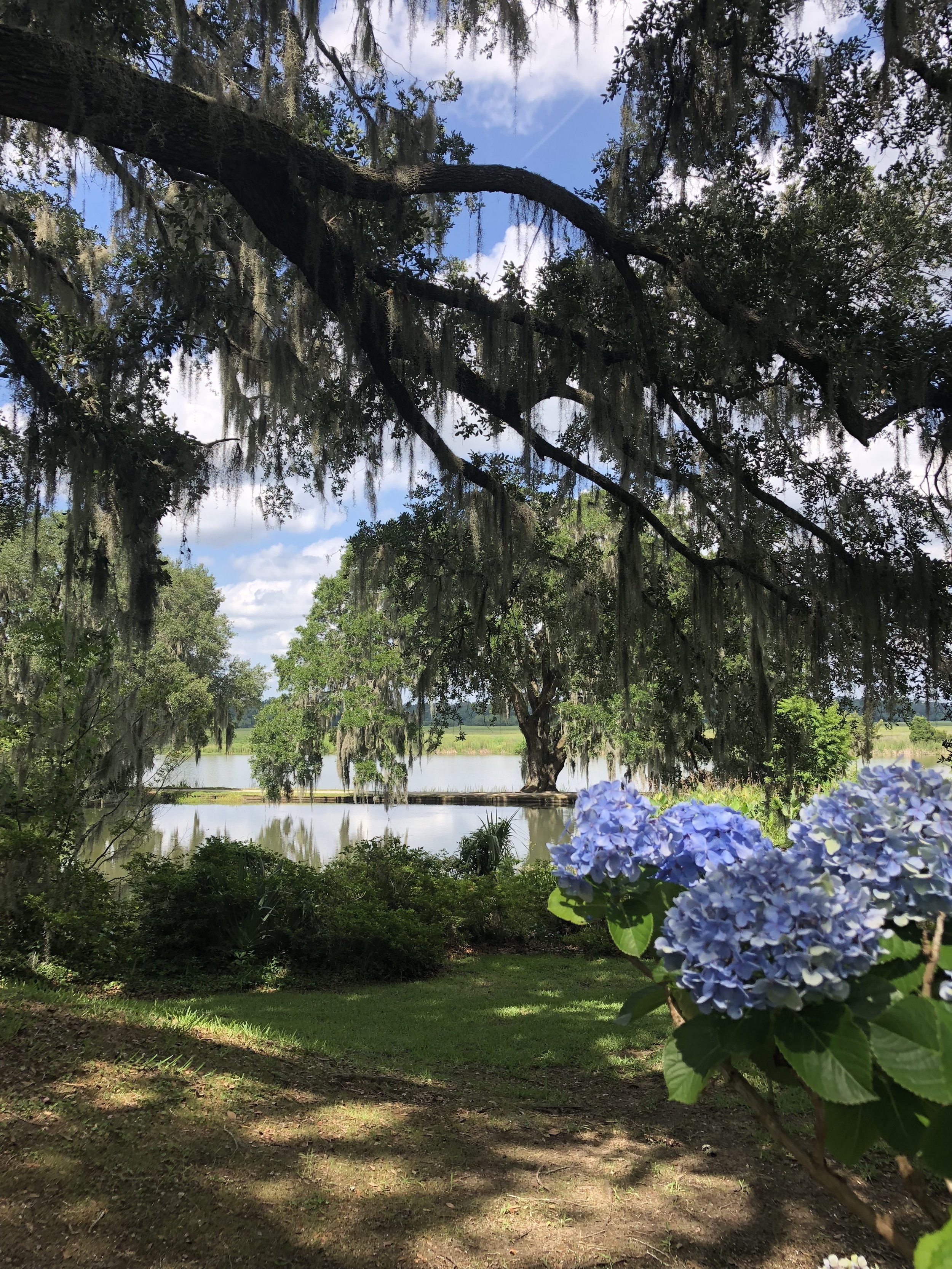
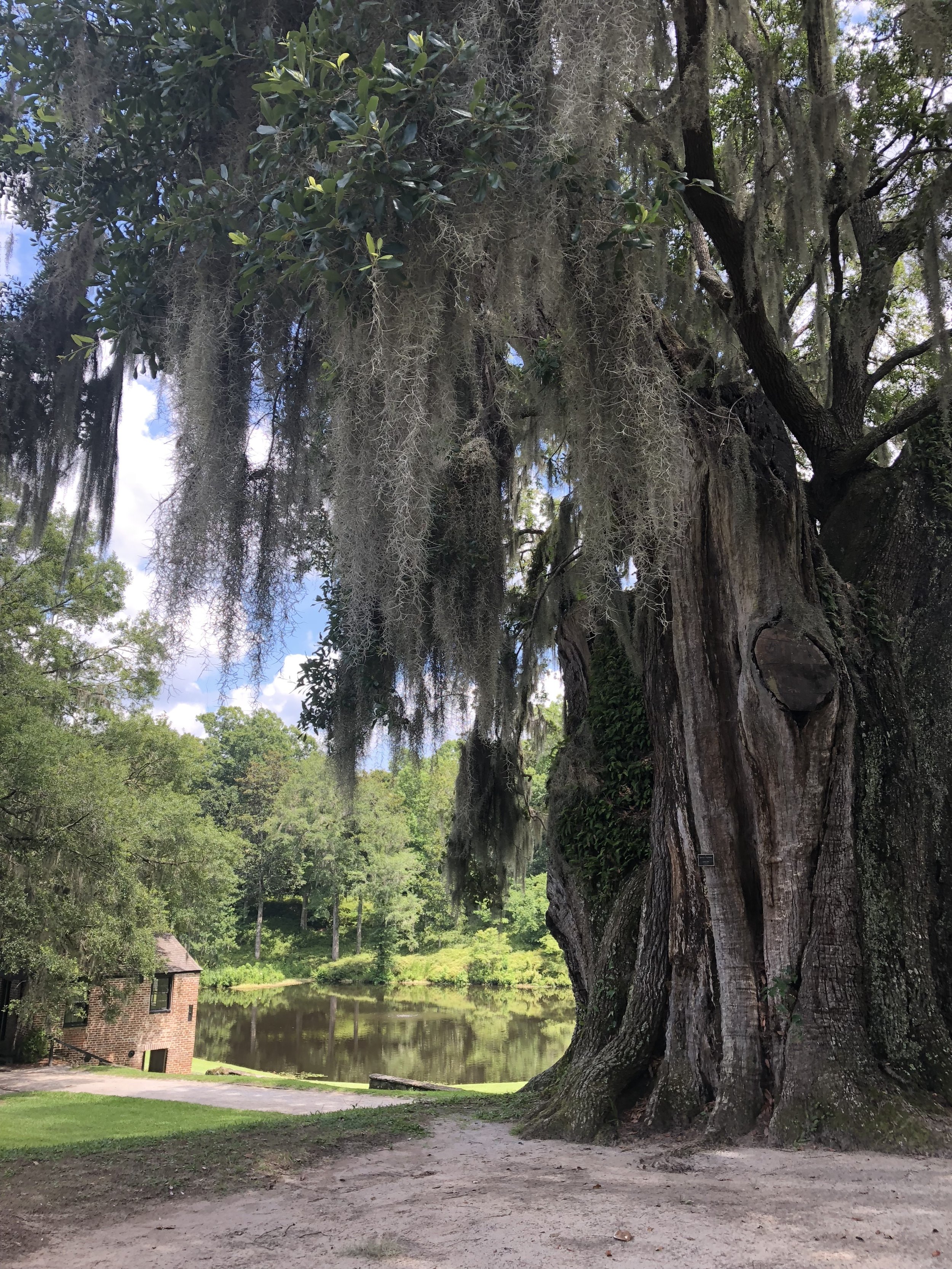
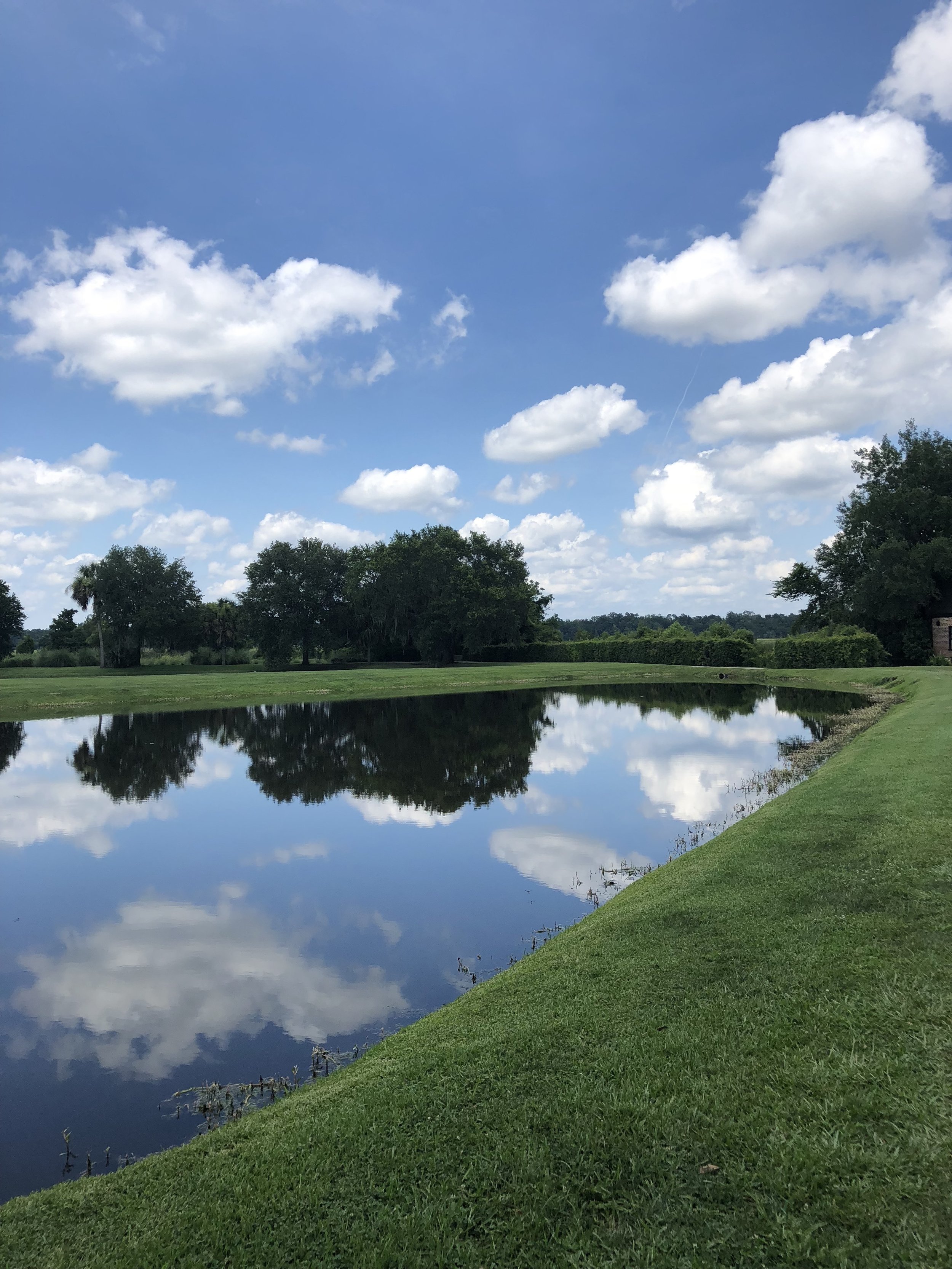
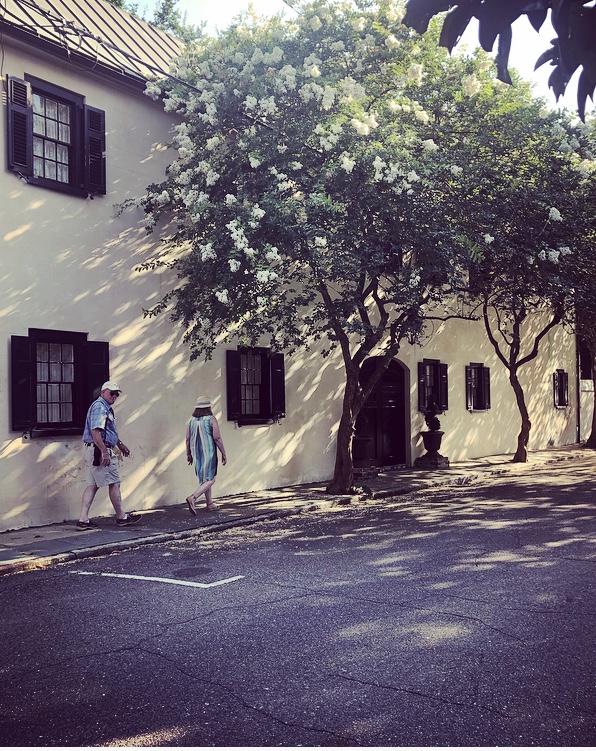
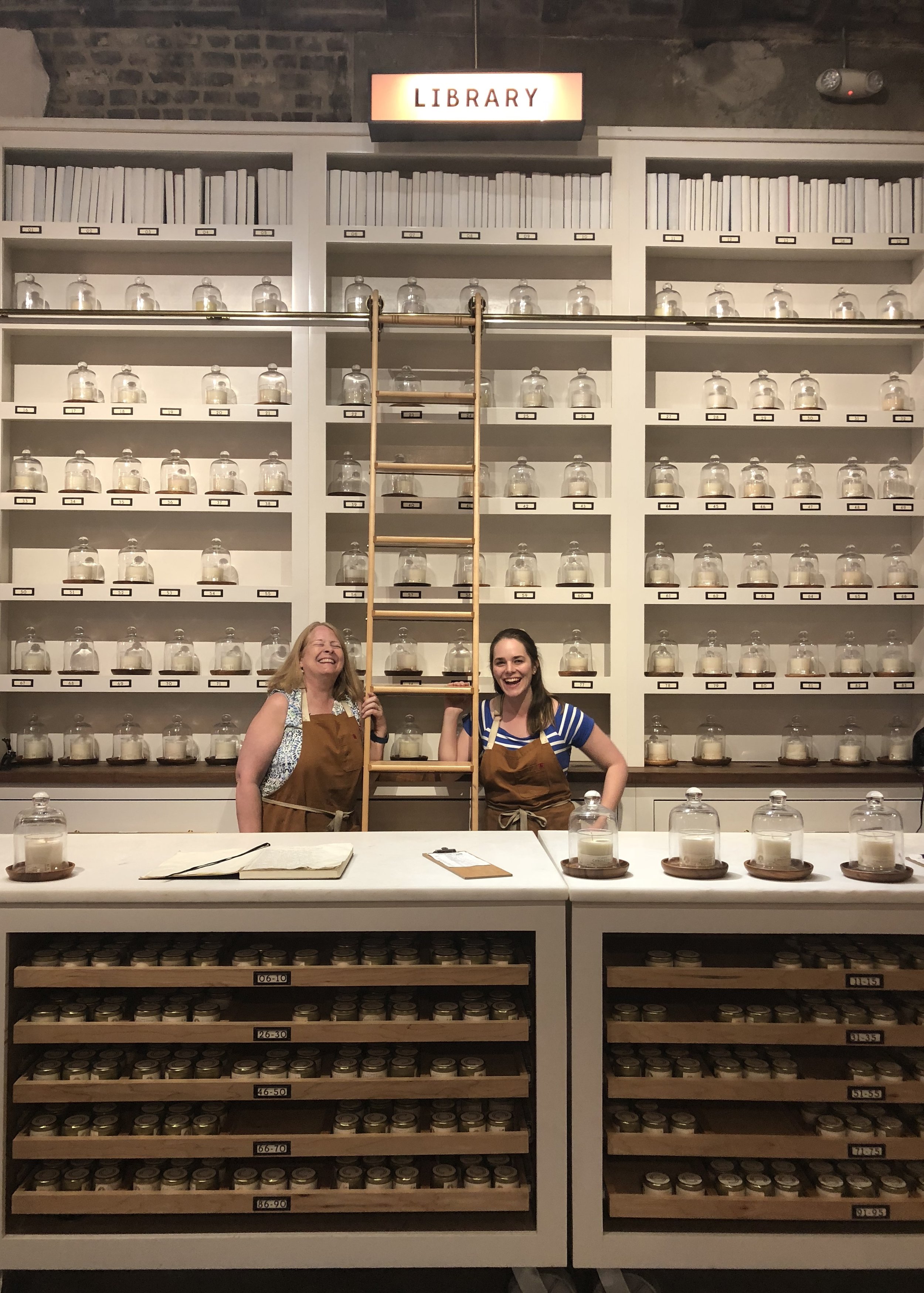

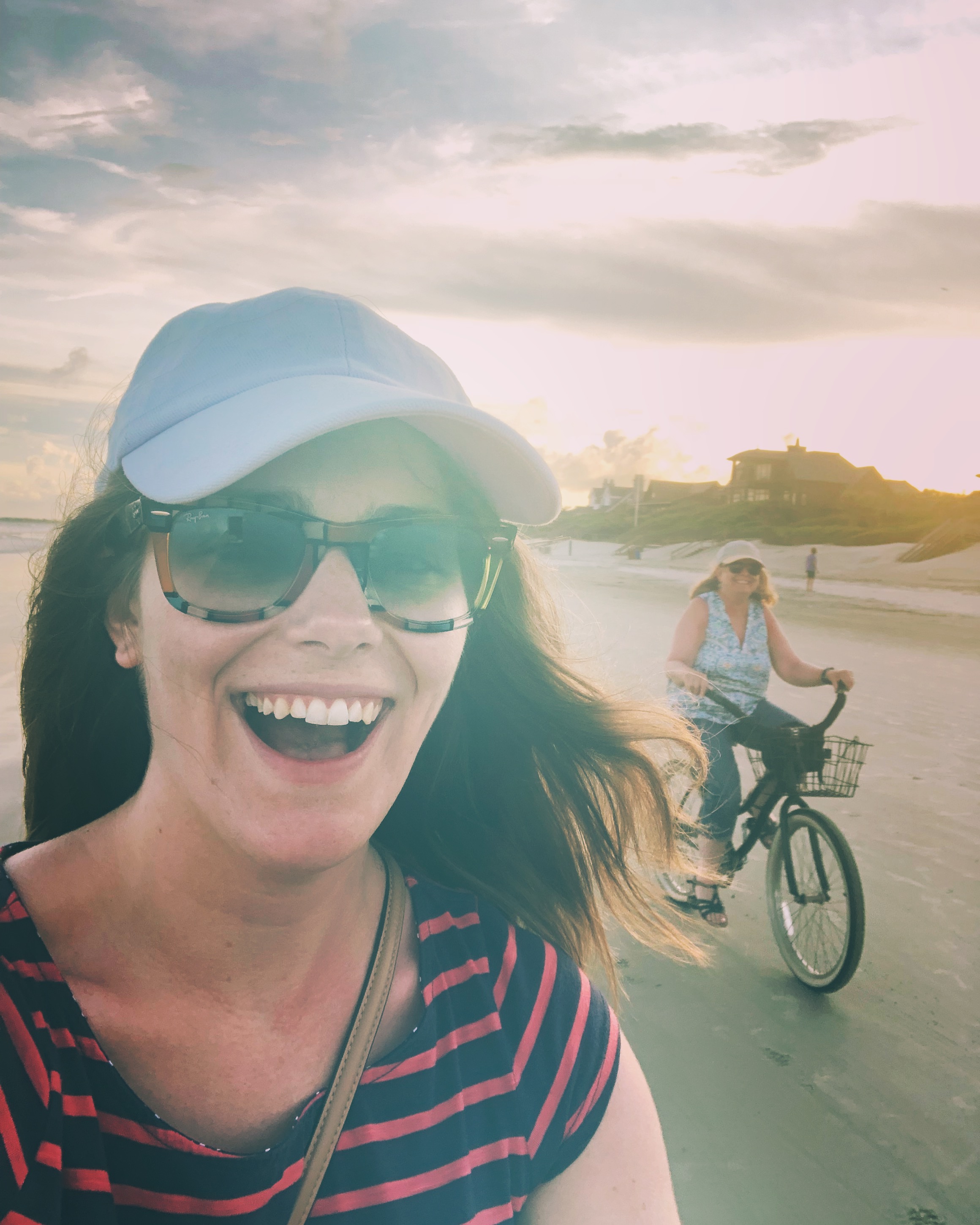
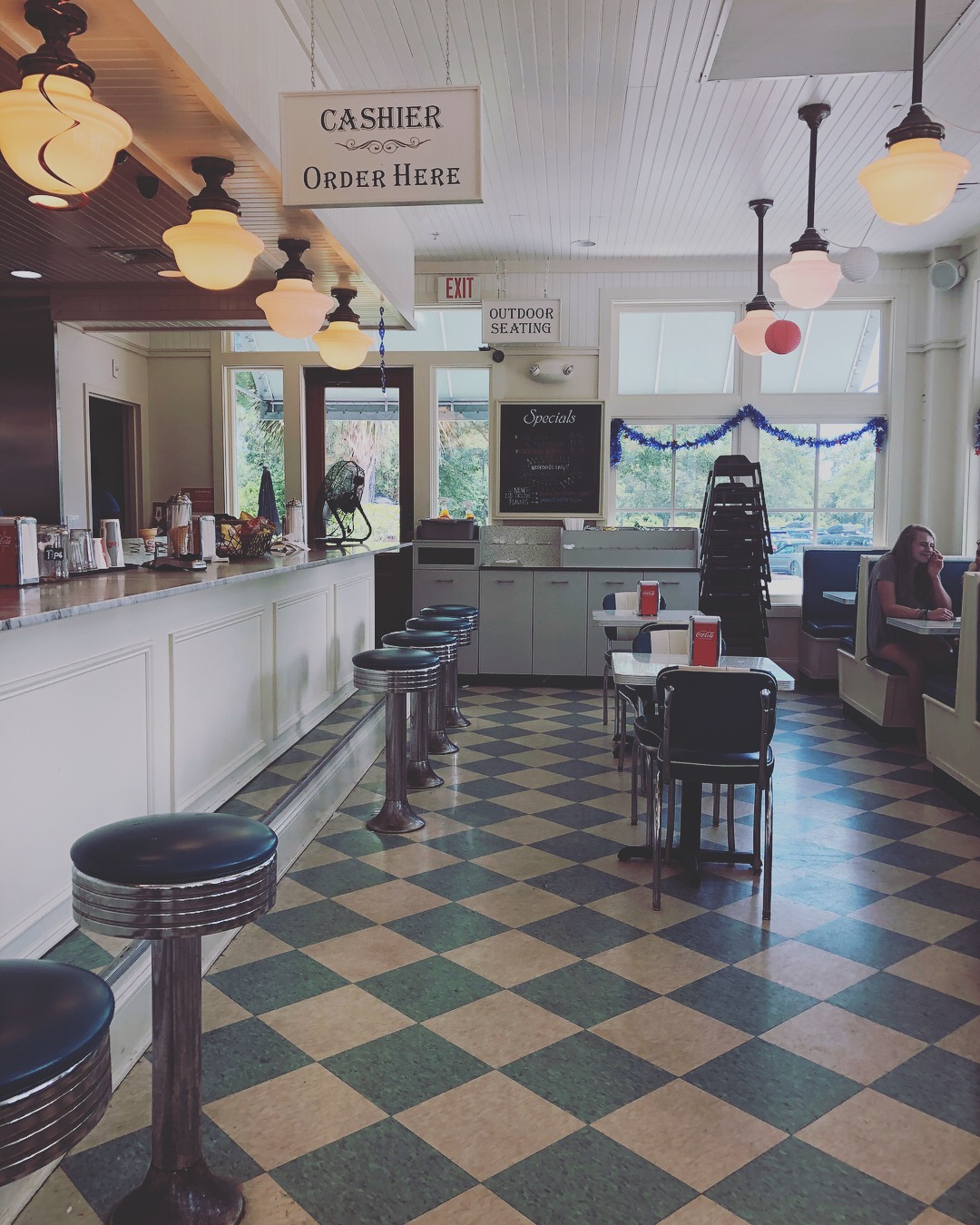
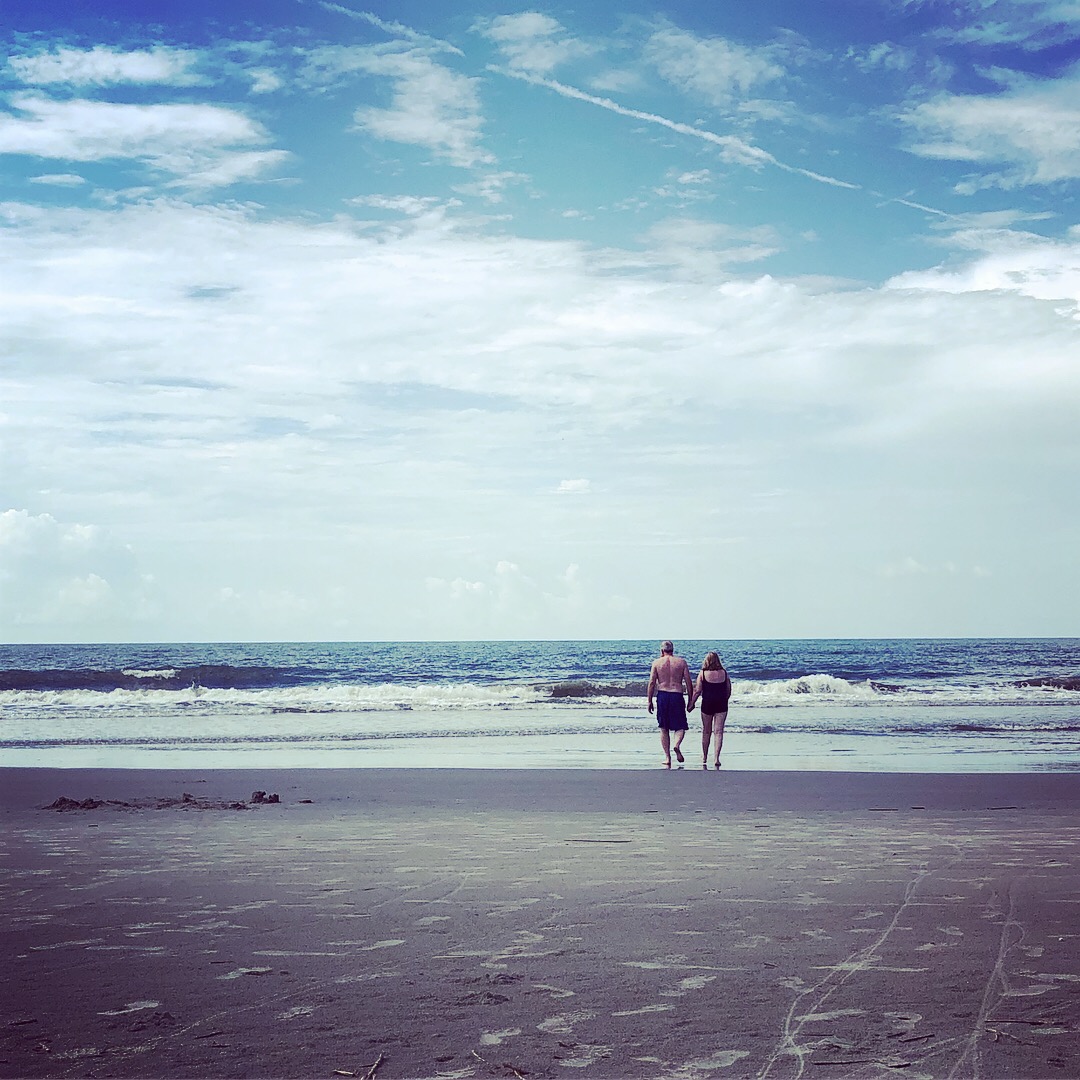
Perhaps the most fun was had at a BYOB candle making class at Candlefish in downtown Charleston on our final night. My mom and I drank rosé and sniffed the aromas of more than 25 candles, deciphering the fragrance notes and selecting our favorites from Candlefish’s library wall of scents. We landed on a fragrance of grapefruit and bergamot, and a combination of cucumber, peach, and tomato leaves—a choice that surprised us both! We measured and poured the oils and the soy wax, and learned about the importance of using paraffin-free wax and how to properly care for candles. By the end of the night we were officially “chandlers,” as pro candlemakers are called, and proudly picked up our creations the next morning after they set. After the class, we met my dad at 167 Raw for lobster rolls. The wait was too long for a table, so we ordered lobster rolls to go an unabashedly inhaled them on the sidewalk. Yum.
Our last hurrah in Charleston was a tour of the Edmondston–Alston House along the battery. The house had beautiful woodwork, I especially loved the library with its walls of book shelves and a writing desk with views of the harbor. We stood on the second floor of the piazza, where General P. G. T. Beauregard watched the bombardment of Fort Sumter on April 12 in 1861. We ended the tour bouncing on a joggling or jostling board, a long piece of pliable wood that sways side to side. We learned that it was designed to mimic the sensation of riding a horse, and if two people jostled their way to the center and their bodies touched, they were to be married.
We stopped to visit the 400-year-old, majestic Angel Oak tree on our way to Kiawah Island, where we spent the last few days of our trip. Kiawah Island is a private island with beautiful wooded grounds south of Charleston. We rode bikes down the winding tree-covered paths and read books in the sand and watched the sun set in the sherbet sky. On the last day we drove to the nearby Wadmalaw Island to visit the Firefly Distillery and Deep Water Vineyard. I strolled through the rows of grapes, swang on a tree swing, and sipped sweet tea vodka and lemonade. I convinced my parents to drive a half hour for fried chicken sandwiches at Boxcar Betty’s for lunch—they were topped with peach coleslaw and oh, so worth it.
Our final evening, we walked down the beach to The Sanctuary Hotel, a colossal luxury hotel that looks like the most perfect seaside mansion. We sat in big Adirondack chairs on the hotel porch, looking at the stars, drinking cocktails, and wishing vacation could last forever. Until next time, South Carolina!
Food
The Ordinary
Husk Restaurant
Callie's Hot Little Biscuit
Hominy Grill
The Darling Oyster Bar
167 Raw
Fleet Landing
Boxcar Betty's
Bars
The Gin Joint
Elliotborough Mini Bar
The Rooftop Bar at Vendue
The Cocktail Club
Caffeine & Sweets
Bakehouse
The Daily
Sugar Bakeshop (Order a lime sugar cookie!)
Glazed Gourmet Doughnuts
Jeni's Splendid Ice Creams
Shops
Charleston City Market
Candlefish
Two Cumberland
Lulu Burgess
Mac & Murphy




